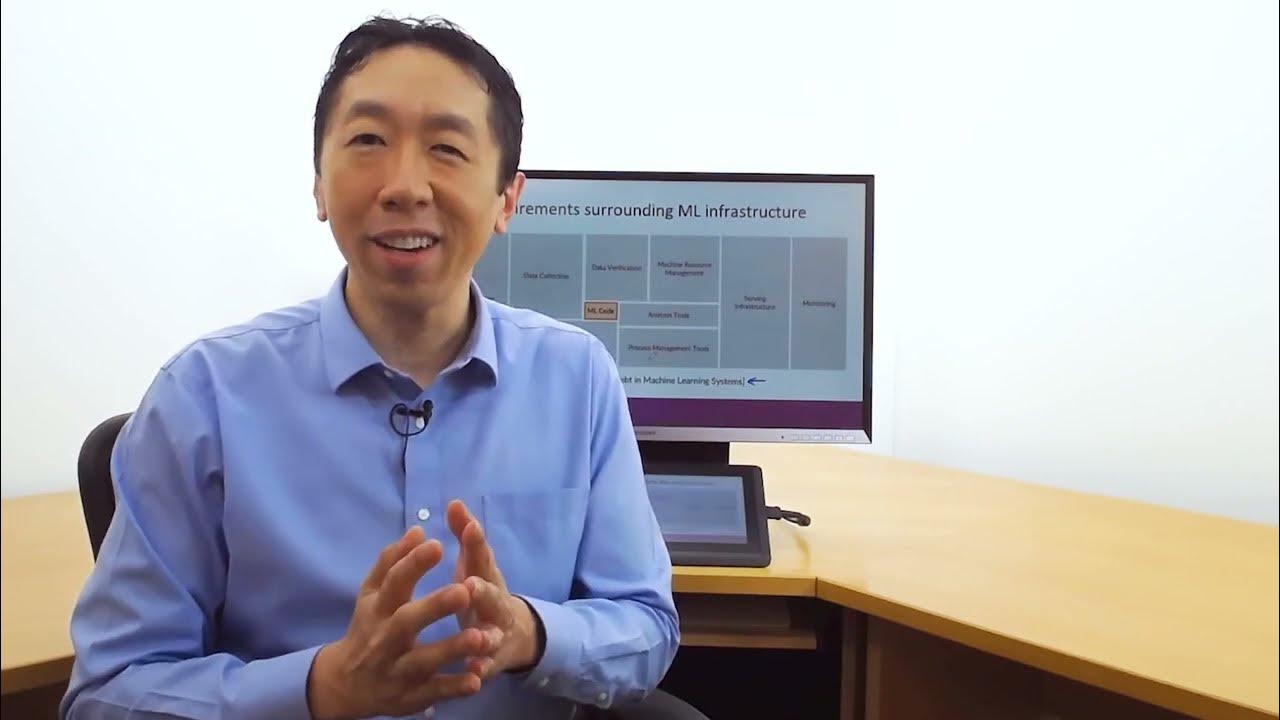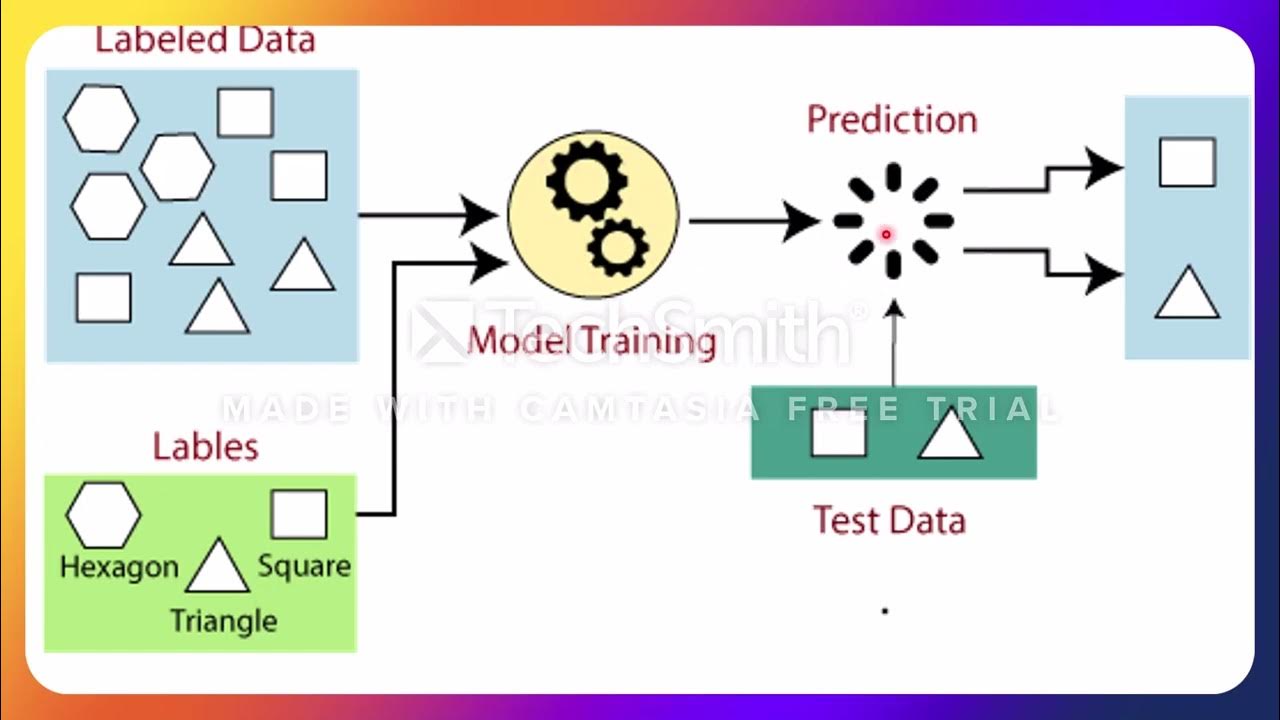How to detect drift and resolve issues in you Machine Learning models?
Summary
TLDRThis detailed presentation dives into the critical concept of data drift, also known as covariate shift, exploring its impact on machine learning models post-deployment. The speaker begins with a theoretical overview, followed by a discussion on the implications of data drift and covariate shift on model performance. Emphasizing practical applications, the talk introduces algorithms for detecting variations in data and concludes with a hands-on Jupiter notebook demonstration. This demonstration, accessible on GitHub, showcases real dataset analysis to identify and understand drift occurrences, providing invaluable insights into maintaining model accuracy and reliability in production environments.
Takeaways
- 📊 Detecting data drift, also known as covariate shift, is crucial for understanding model failures in production environments.
- 📝 The webinar covers a theoretical introduction, followed by practical demonstrations on identifying and addressing data drift.
- 🤖 Algorithms for detecting variation in data are discussed, showcasing methods to identify when and where drift occurs.
- 🛠️ A practical deep dive using a Jupyter notebook illustrates the process of detecting data drift in a real dataset.
- 💳 The importance of monitoring models, especially in scenarios like predicting mortgage defaults, highlights the necessity of understanding data drift.
- 📈 The concept of covariate shift is defined as changes in the joint distribution of model inputs, which can significantly impact model performance.
- ⚡ Universal and multivariable detection methods are explored for identifying drift, with strengths and weaknesses discussed for each approach.
- 🔍 The webinar emphasizes ML model monitoring, outlining steps from performance monitoring to issue resolution to protect business impact.
- 📱 Practical tips on using univariable and multivariable detection techniques provide insights into effectively identifying and analyzing data drift.
- 📚 Recommendations for further learning and engagement, such as accessing the webinar recording and exploring open-source libraries, are provided.
Q & A
What is data drift and how does it affect model performance?
-Data drift, also known as covariate shift, occurs when the distribution of model input data changes significantly after the model has been deployed. It can negatively impact the model's performance by making its predictions less accurate.
How can machine learning practitioners detect data drift?
-Practitioners can detect data drift by using specific algorithms designed to monitor and analyze changes in data distribution. These algorithms can assess whether there's a significant shift in the features' distribution or the relationship between features.
What is the importance of monitoring machine learning models in production?
-Monitoring is crucial for maintaining the business impact of the model, reducing its risk, and ensuring its predictions remain reliable over time. It helps identify when the model's performance degrades due to data drift or other factors.
Can you give an example of a proxy target used by banks to predict mortgage defaults?
-Banks might use a proxy target such as whether a person is delayed by six months or more in mortgage repayments after two years from the loan's start as an indicator of defaulting, rather than waiting the entire mortgage duration.
Why is it challenging to directly evaluate the quality of predictions for certain models?
-For models predicting outcomes over long periods, like mortgage defaults, direct evaluation is impractical because it requires waiting years for the actual outcomes. Hence, proxy targets and performance estimation techniques become necessary.
What are the two main reasons machine learning models fail after deployment?
-The two main reasons are data drift and changes in the relationship between model inputs. Both can lead to significant drops in performance if the model cannot adapt to these changes.
What is univariable drift detection and its limitations?
-Univariable drift detection involves assessing changes in the distribution of individual features. Its limitations include the inability to detect changes in correlations between features, which can result in high false-positive rates for alerts.
How does the Johnson-Lindenstrauss method help in drift detection?
-The Johnson-Lindenstrauss method is recommended for drift detection because it is robust against outliers and good at detecting significant shifts in data, though it can be sensitive to small drifts.
Why is multivariable drift detection important and what are its challenges?
-Multivariable drift detection is crucial for capturing changes in the relationship between features or the entire data set, which univariable detection misses. However, it requires at least two features to work and can be less interpretable.
What practical steps were followed in the Jupiter notebook tutorial for detecting data drift?
-The tutorial involved training a simple model, simulating its deployment, and then using specific algorithms to analyze data drift in production data, highlighting how to identify and address issues affecting model performance.
Outlines

Esta sección está disponible solo para usuarios con suscripción. Por favor, mejora tu plan para acceder a esta parte.
Mejorar ahoraMindmap

Esta sección está disponible solo para usuarios con suscripción. Por favor, mejora tu plan para acceder a esta parte.
Mejorar ahoraKeywords

Esta sección está disponible solo para usuarios con suscripción. Por favor, mejora tu plan para acceder a esta parte.
Mejorar ahoraHighlights

Esta sección está disponible solo para usuarios con suscripción. Por favor, mejora tu plan para acceder a esta parte.
Mejorar ahoraTranscripts

Esta sección está disponible solo para usuarios con suscripción. Por favor, mejora tu plan para acceder a esta parte.
Mejorar ahoraVer Más Videos Relacionados

Quantifying the Impact of Data Drift on Machine Learning Model Performance | Webinar

Top Ten MLOps Interview questions|| ML and AI #mlops #machinelearning # artificial intelligence

Top 6 ML Engineer Interview Questions (with Snapchat MLE)

#1 Machine Learning Engineering for Production (MLOps) Specialization [Course 1, Week 1, Lesson 1]

AWS re:Invent 2020: Detect machine learning (ML) model drift in production

L8 Part 02 Jenis Jenis Learning
5.0 / 5 (0 votes)
